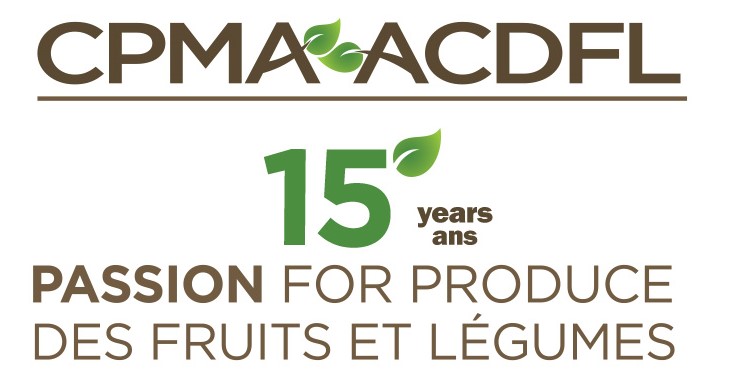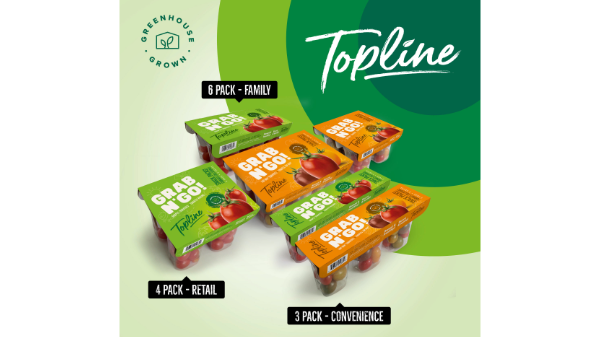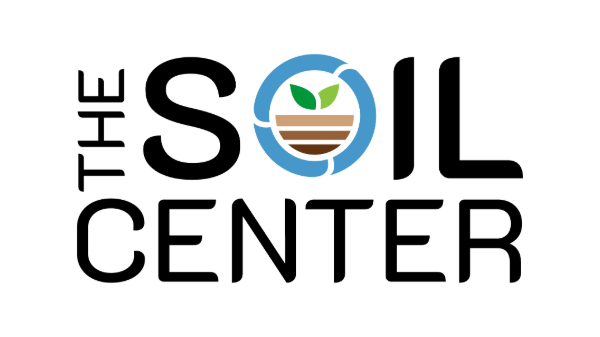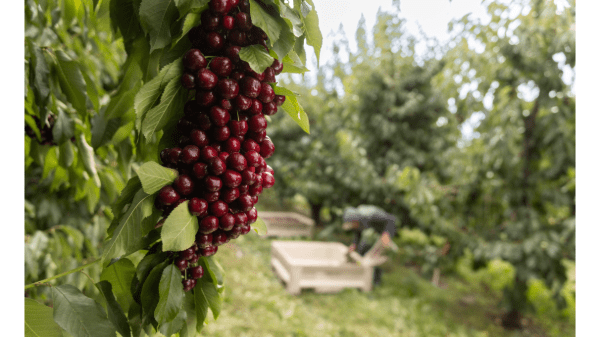Welcome to Blue Book!
Are you ready to join the thousands of companies who rely on Blue Book to drive smarter decisions? View our plans and get started today!
Still have questions? We’d love to show you what Blue Book can do for you. Drop us a line– we’ve been waiting for you.

Trade with confidence... every time.
Blue Book’s real-time alerts help you stay up to speed with everything in the produce industry

Trade with confidence... every time.
Blue Book’s real-time alerts help you stay up to speed with everything in the produce industry

Trade with confidence... every time.
Blue Book’s real-time alerts help you stay up to speed with everything in the produce industry

Trade with confidence... every time.
Blue Book’s real-time alerts help you stay up to speed with everything in the produce industry

Trade with confidence... every time.
Blue Book’s real-time alerts help you stay up to speed with everything in the produce industry

Trade with confidence... every time.
Blue Book’s real-time alerts help you stay up to speed with everything in the produce industry

Trade with confidence... every time.
Blue Book’s real-time alerts help you stay up to speed with everything in the produce industry
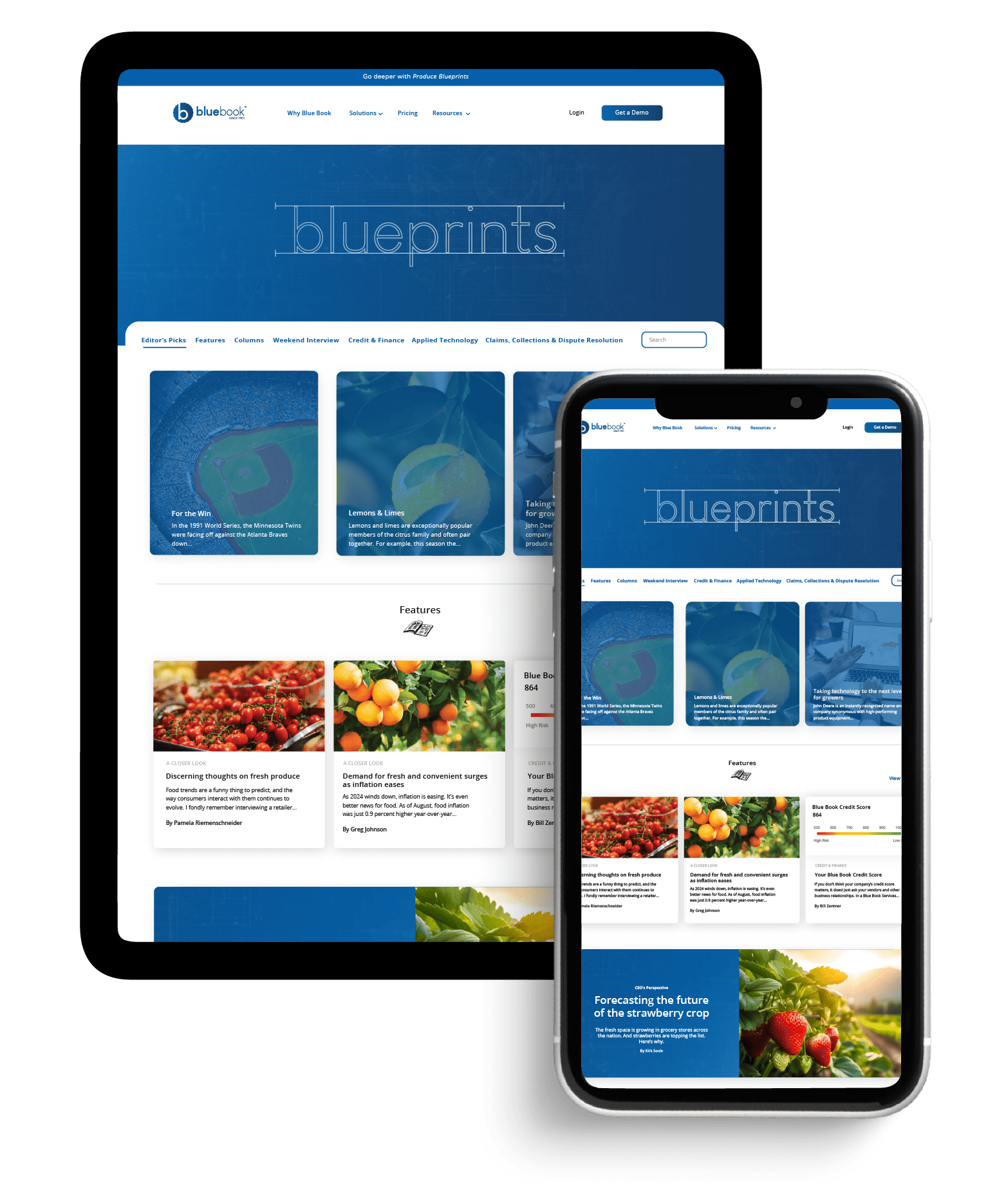
News you need.
Join Blue Book today!
Get access to all the news and analysis you need to make the right decision --- delivered to your inbox.
What to read next
CPMA names Board of Directors for 2025-2026
CPMA is proud to announce its Board of Directors for 2025-2026. Elections results were announced during the 2025 CPMA Annual General Meeting.
Windset Farms to debut new products at CPMA 2025
As the industry heads to Montreal for CPMA, WINDSET FARMS is gearing up for a busy show with an exciting lineup of product drops
Topline Farms to launch new snacks packs at CPMA 2025
Topline Farms plans to launch new Sustainable Snack Packs to support its Grab N’ Go Program at the upcoming CPMA Show in Montreal April 8-10.
CMI Orchards shares regenerative agriculture advancements
April 4, 2025 Wenatchee, WA – CMI Orchards BB #:134183 and Royal Family Farming’s joint venture, The Soil Center (TSC), is at the forefront of redefining agricultural sustainability. Breaking ground later this spring, TSC was established to repurpose agricultural byproducts—from orchards, row crops, dairy, and beef operations—into carbon-rich soil amendments supporting healthy, robust crop production, […]
Superfresh Growers offers insights to maximize retail cherry sales
As cherry season approaches, Domex Superfresh Growers unveils key consumer insights to help retailers boost cherry sales this summer.
USDA lifts PACA reparation sanctions on Alabama business
USDA announced that Five Star Produce Central Alabama LLC satisfied a $750 reparation order issued under the PACA
Subscribe to our newsletter
© 2025 Blue Book Services. All Rights Reserved

